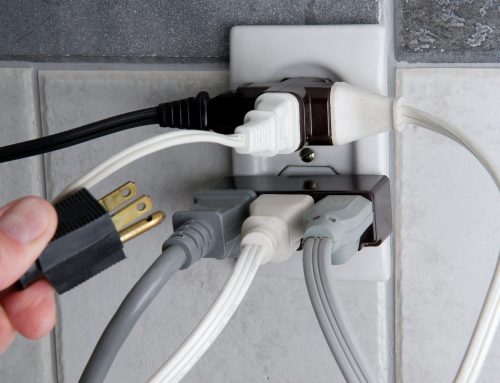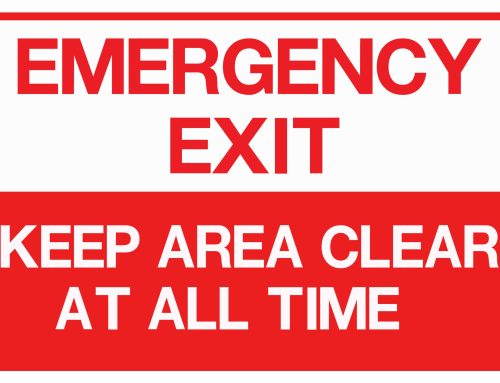Fire safety codes exist to ensure buildings meet minimum safety requirements. Fire codes are designed to prevent fires, protect occupants in case of a fire, and reduce the damage caused by fire outbreaks. The National Fire Protection Agency (NFPA) revises and updates these standards every three to five years, but local jurisdictions may change codes more frequently [1].
Why Codes Change
Fire codes are updated or changed for several reasons. One of the primary reasons a fire code may change is to improve public safety. Codes must be updated to mitigate risks as new technology and materials are introduced into building processes. Fire codes may change to comply with new laws and regulations or in response to lessons learned from previous fire incidents.
How To Know If They Change
It’s essential to stay informed about changes in fire codes, especially if you are a building manager or business owner. The best way to stay updated is to work closely with the local Fire Marshal’s office, which is responsible for enforcing the codes in your jurisdiction. They will guide the latest codes and regulations and inspect your facility for code compliance. Another way business owners can stay in the know is by subscribing to NFPA’s monthly personalized emails. Business owners can also hire a full-service fire protection company to keep track of code changes for them.
What To Do If A Change Applies to You
Every three to five years, all NFPA standards are updated, with revision cycles starting twice a year. If a change in fire code applies to your building, it is necessary to take action so your facility stays in compliance with the new standards. Failure to comply can result in legal and financial consequences and put occupants at risk. But how long do you have to make changes? And how do you know what exact changes are required?
The length of time a business has to make changes after a fire code changes can vary depending on the specific code change, the jurisdiction, and the type of business.
Generally, when a new fire code is adopted, businesses are given a grace period to comply with the new requirements. The length of this grace period can vary depending on the severity and complexity of the changes, but it is typically several months to a year. During this time, businesses are expected to make the necessary changes to comply with the new fire code.
It’s important for businesses to stay up-to-date on fire codes and any changes to them, as non-compliance can lead to fines, legal issues, and even safety hazards. It’s recommended that businesses regularly consult with their local fire department or code enforcement agency to ensure compliance with fire codes and any changes to them.
Depending on the extent of the changes, you may need to update your building’s fire suppression systems, alarm systems, and emergency exit plans. You will also need to train your staff and occupants on the new procedures to protect their safety in case of a fire outbreak.
How Fire Systems, Inc. Can Help
Fire codes are critical to the safety of occupants in a building, and it is essential to understand how often they change, how to know when they change, and what to do if a change applies to you. As a busy business owner or facility manager, staying on top of these changes can be challenging. Working with an all-services fire protection company like Fire Systems, Inc. can take the guesswork out of code compliance. Count on our highly trained technicians to design, install, inspect, and maintain every aspect of your building’s fire protection system.
Ready to get started? Visit our website or give us a call today at 770-333-7979.
Source
National Fire Protection Agency. “How the NFPA Standards Development Process Works,” https://www.nfpa.org/process. Accessed February 14, 2023.






